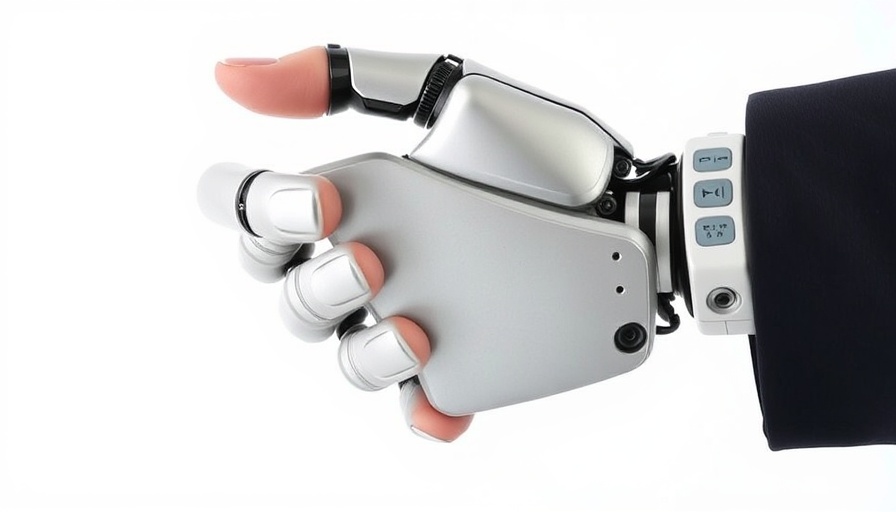
Understanding the Significance of OpenAI's Open Source Models
OpenAI has made a significant leap in the world of artificial intelligence with the release of its new open-weight language models—gpt-oss-120b and gpt-oss-20b. These models, released under the flexible Apache 2.0 license, empower developers to harness AI's capabilities without necessitating expensive hardware solutions. This shift democratizes access to advanced AI technology, which traditionally required high-end computational resources.
Real-World Performance: A Game Changer
The impressive performance of gpt-oss-120b, which has 117 billion parameters and demands only a single 80GB GPU, underscores the advancement OpenAI has achieved. Meanwhile, the gpt-oss-20b model, equipped with 21 billion parameters, can run smoothly on devices with just 16GB of GPU power. This opens up opportunities for individual developers and small businesses to incorporate powerful AI tools into their workflows without the burden of costly infrastructure.
Advanced Reasoning Capabilities for Custom Solutions
Beyond just performance, OpenAI's models provide advanced reasoning and tool use features. Both gpt-oss-120b and gpt-oss-20b excel in reasoning tasks compared to similar models, performing exceptionally well on benchmarks relevant to real-world applications. In fact, they integrate seamlessly with platforms like Hugging Face and GitHub, allowing developers to fine-tune models according to their specific needs while ensuring a high level of instruction-following and customized outputs.
Safety First: Building Trust in Open-Weight Models
OpenAI has taken proactive measures to ensure safety within its open-weight models. Rigorous testing has found that gpt-oss-120b maintains a safe performance level, even when undergoing adversarial fine-tuning attempts. The organization's commitment to safety is evident in their approach to monitoring Chain of Thought (CoT) processes, which highlights the importance of transparency in AI development. While leaving CoTs unfiltered facilitates better monitoring for misbehavior, it does introduce a possibility for hallucinations—instances where AI generates incorrect or misleading information.
Future Opportunities and Developer Implications
The long-term implications of OpenAI's open-source approach are vast. By enabling real-time integration and advanced functionality while maintaining rigorous safety standards, developers can create customized AI solutions that cater to various industries. The democratization of access to AI tools will not only foster innovation across sectors but also welcomes participation from a diverse range of creators, further expanding the landscape of generative AI.
As a response to growing demand for accessible AI technology, OpenAI’s release is poised to reshape the industry. For developers, startups, and established enterprises alike, the ability to utilize powerful AI models without substantial upfront investment means greater flexibility and creativity in problem-solving.
 Add Row
Add Row  Add
Add 




Write A Comment